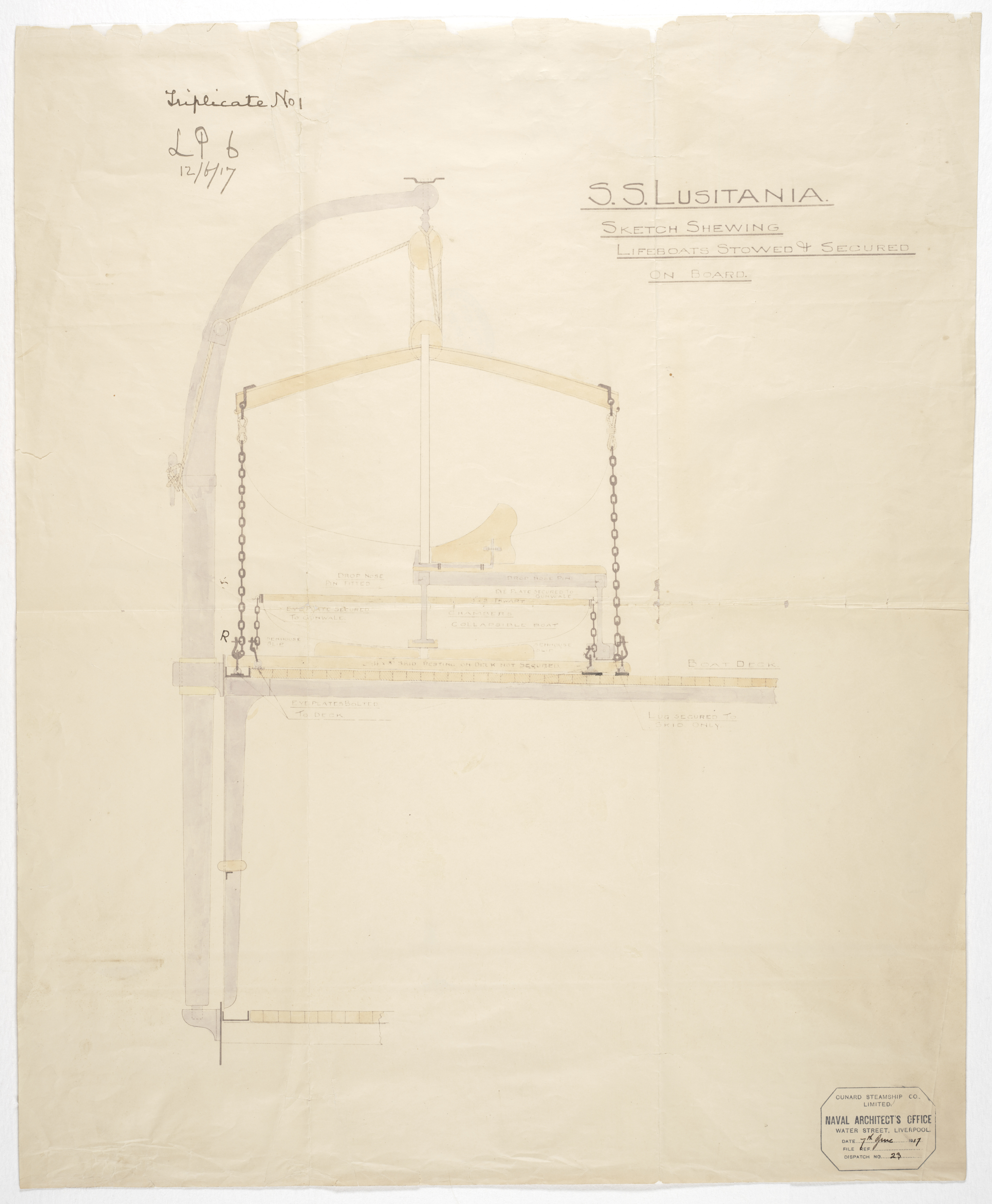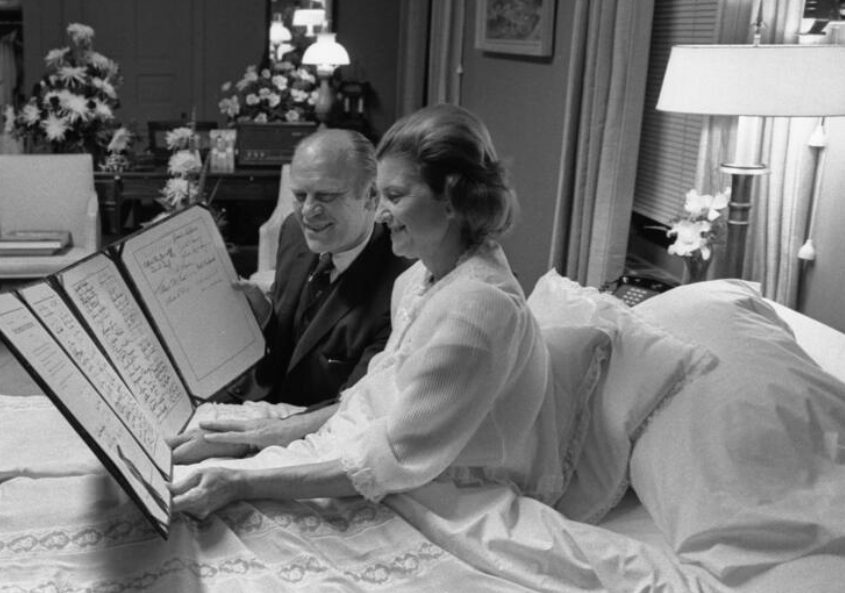On May 1, 1915, when the RMS Lusitania departed New York, it was carrying a decent amount of passengers, despite the announcement from the German Embassy printed in newspapers on April 23 warning Americans traveling on British or Allied ships in war zones did so at their own risk. This declaration was placed just below an advertisement of the imminent sailing of the Lusitania liner from New York back to Liverpool in one of the New York newspapers, as an explicit warning for all those who intended to travel.
Although technically still neutral in 1915, the United States continued to conduct commerce with the Great Britain, a practice that put the Lusitania at risk. Fearing passenger boats would be used to ship war material, the German government approved unrestricted submarine warfare in February 1915. Indeed, a number of British trading vessels, using the same route as the Lusitania, had been sunk by German U-Boats in the months preceding the ship’s voyage.
At 2:12 p.m. on May 7, 1915, the 32,000-ton ship was hit on its starboard side by an exploding torpedo from German submarine U-20. The torpedo blast was followed by a larger explosion, probably of the ship’s boilers, and the ship sank off the coast of Cork, Ireland, in just 18 minutes.1,198 civilians perished, including 128 Americans.
Such a large loss of life can be some way explained by the poorly designed lifeboat launch system aboard the Lusitania. According to the ships logs, there were enough lifeboats to cater for 2,605 passengers, and enough life jackets for up to 3,000 passengers. However, when the ship was struck, the lifeboat-lowering apparatus was upset, meaning that lifeboats could only be lowered safely from the starboard side, resulting in only 6 of the 48 lifeboats successfully launching before the ship sank.
This led to mass confusion and terror, as survival quickly took precedence over custom and law. Survivor James Leary recalled that when he reminded a crew member that sailors were legally required to save passengers before abandoning ship, the crewman replied “passengers be damned: save yourself first.”
During inquiries into the shipwreck, it was revealed that the Lusitania was carrying about 173 tons of contraband war munitions for Britain, which the Germans cited as further justification for the attack, as the ship could be classed as an “auxiliary cruiser” by carrying munitions and thus was a legitimate target. The United States protested the action, and Germany apologized and pledged to end unrestricted submarine warfare. However, in November of that same year, a U-boat sunk an Italian liner without warning, killing more than 270 people, including more than 25 Americans.
A century later, historians question whether the U-20’s sinking of the Lusitania led the United States to enter World War I. Yet, they generally agree that it played a significant role in turning public opinion against Germany; however, America did not join the war until 1917.


This document was on display in the “Featured Documents” exhibit in the East Rotunda Gallery of the National Archives in Washington, DC, April 30 through June 3, 2015.



